
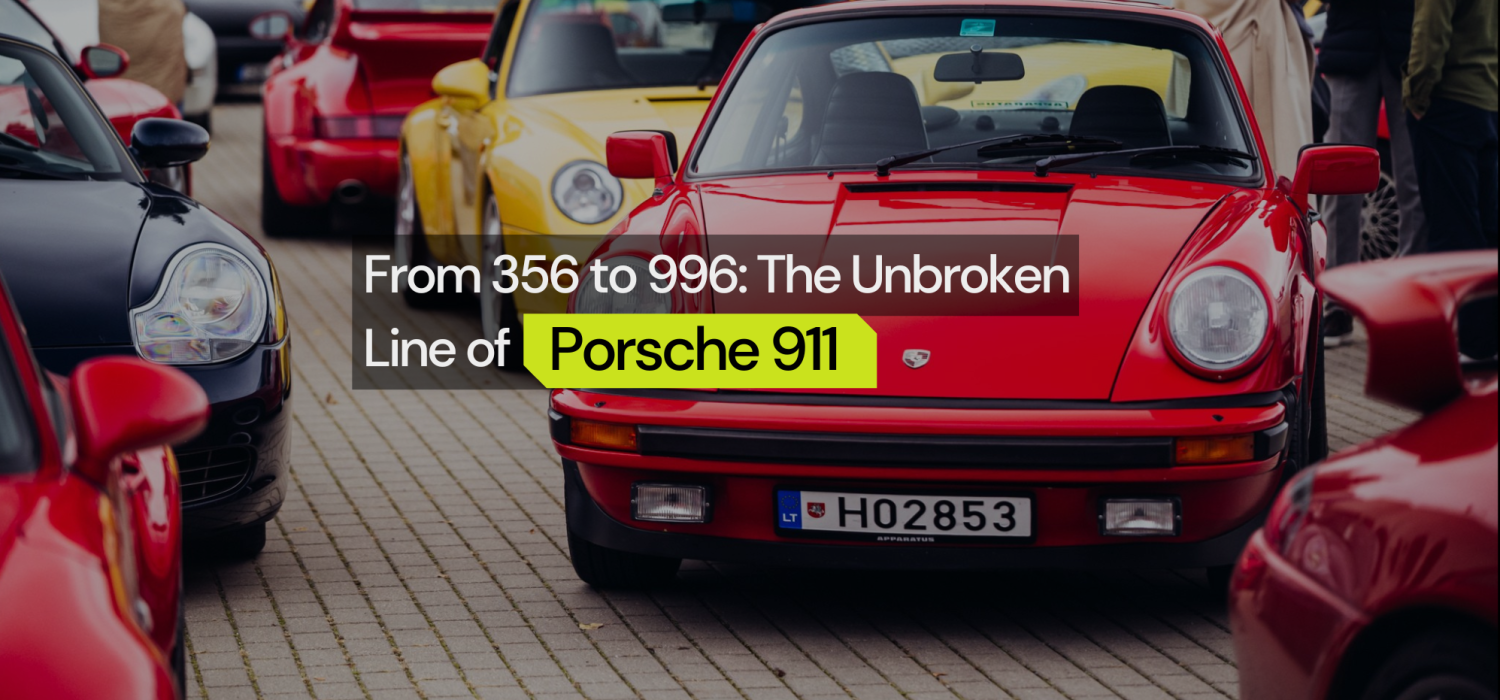
From 356 to 996: The Unbroken Line of Porsche 911
Few machines have remained so faithful to their original idea while evolving so relentlessly as the Porsche 911. What began as a modest post-war sports car experiment became one of the most enduring performance icons on earth – a benchmark that has outlasted rivals, trends, and even its own critics.
From the delicate aluminum curves of the 356 to the water-cooled precision of the 996, every generation refined, rather than reinvented, the same formula: rear-engine balance, unfiltered driver engagement, and German engineering pushed to artistic heights.
To understand Porsche’s legacy before the millennium is to follow this lineage – a 50-year conversation between purity and progress, waged in steel, air, and sound.
356 (1948–1965)
The birth of a sports car
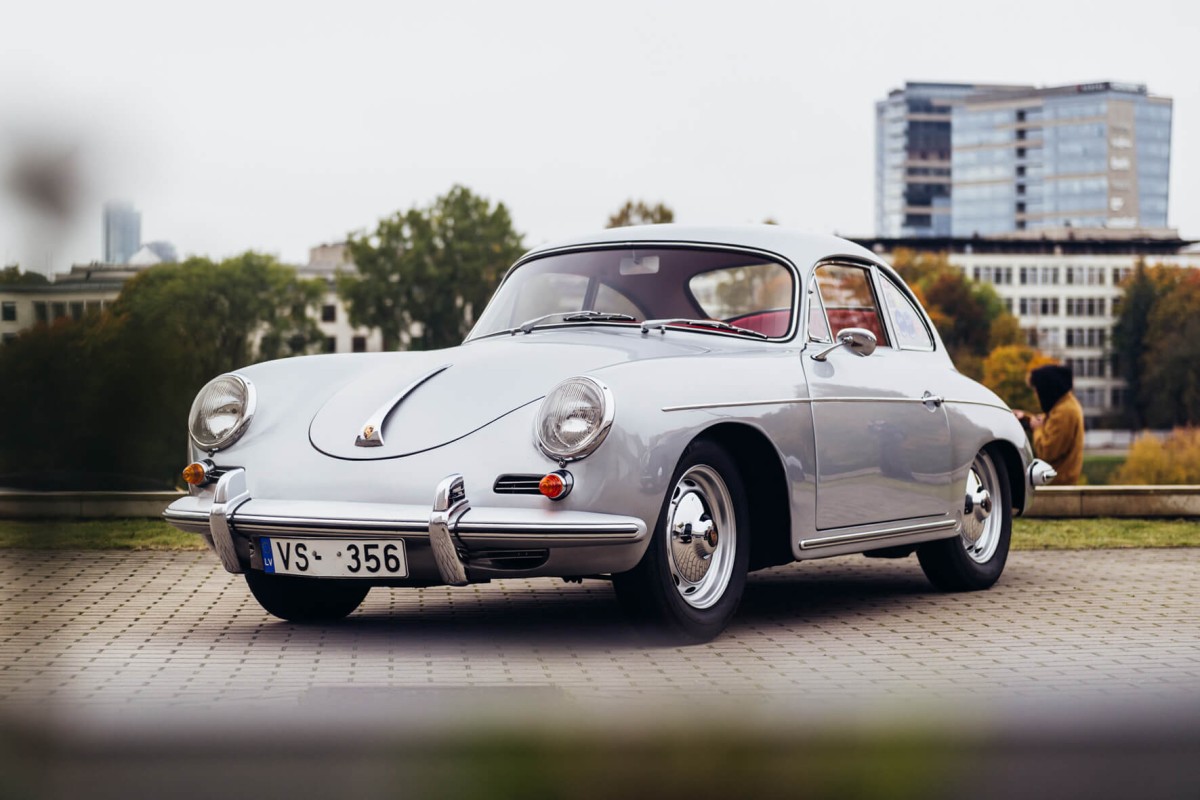
Every Porsche conversation rightly begins with the 356, the small, rear-engined sports car that taught Weissach three ideas it would never abandon: lightness, traction over the driven axle, and a horizontally opposed engine hanging out back. Launched in 1948 and evolving through Pre-A, A, B, and C series, the 356 was built in significant numbers for a low-volume marque and proved there was demand for a driver-focused German sports car with racing pedigree.
Crucially for the 911’s DNA, the 356’s layout wasn’t an eccentricity – it was a principle. The sensation of a light nose and rear-axle propulsion, the way the car rotated on throttle, the compact packaging and low center of gravity – all of it would be reinterpreted, refined, and made faster in the 911. As a product strategy, the 356 created the customer base (and the confidence) for a more sophisticated six-cylinder successor. That successor was brewing by the early 1960s.
911 (1963–1964)
The story behind the most famous name
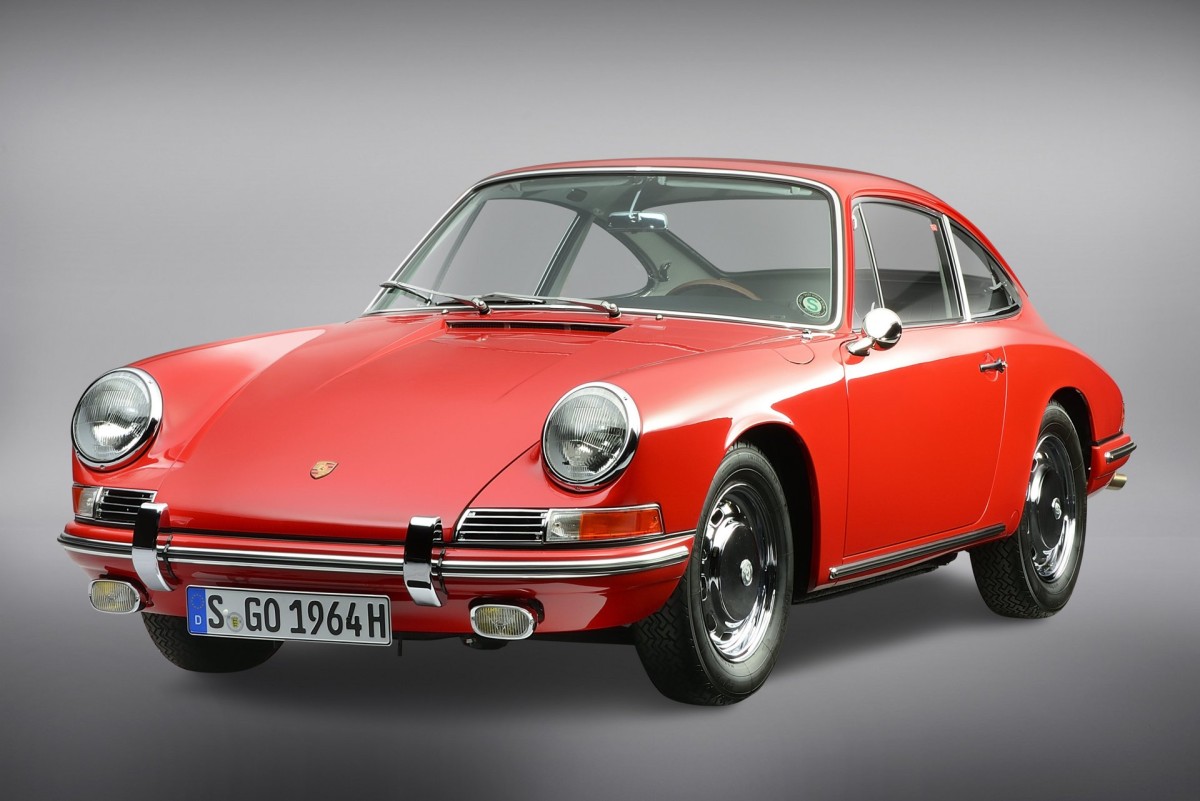
The new car debuted as “901” at the 1963 Frankfurt motor show: a longer-wheelbase evolution with a clean, modern body by Ferdinand Alexander Porsche and a brand-new flat-six. Then came a wonderfully odd twist of fate: in France, Peugeot had prior rights to three-digit car names with a zero in the middle.
Rather than fight a legal battle with Peugeot (they had the three-number model names with a zero in the middle patented), Porsche swapped the “0” for a “1,” and the most resonant number in sports-car culture – 911 – was born. The revised name reached showrooms in 1964; the idea behind it never changed: keep the engine in the back, put the driver at the center, and engineer responsiveness above everything else. That naming detour, while administrative on the surface, set the tone for Porsche’s pragmatism – solving problems quickly to keep the 911 moving.
924 and 944 (1976–1991)
The generation that expanded Porsche’s horizons
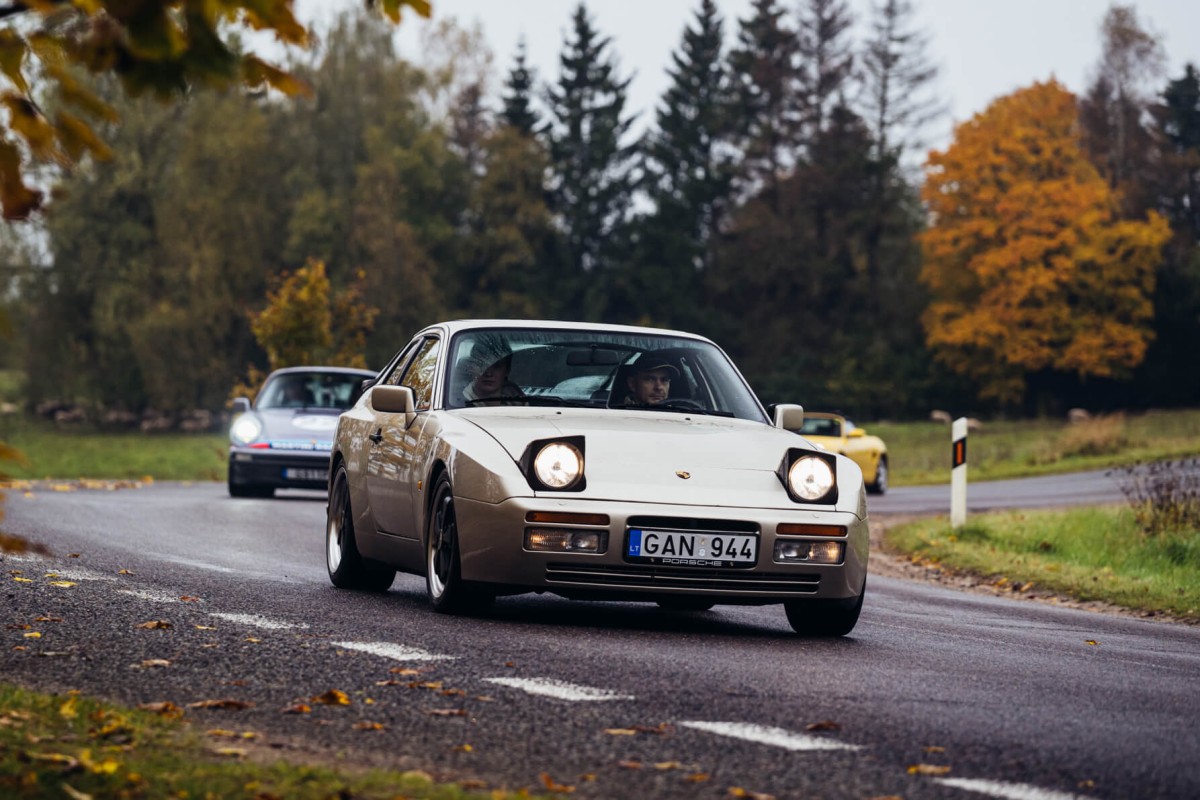
Front-engined Porsche models are often treated as second-class citizens—but they were the very cars that helped stabilize Porsche’s finances in the aftermath of the oil crisis.
The 924 and 944, with their front-engine, rear-transaxle layout, became the backbone of Porsche’s transaxle era. Priced below the iconic 911, they attracted a younger, broader audience—effectively safeguarding the production of Porsche’s prized six-cylinder flagship.
At the same time, these models reinforced Porsche’s engineering brilliance. Despite a radically different weight distribution, they delivered the same mastery in aerodynamics, balance, interior refinement, and high-speed composure. By the mid-1990s, nearly 400,000 had been built, laying a solid foundation for 911 to keep evolving.
930 Turbo (1975–1989)
The benchmark of power and speed

Then came the shockwave. The Type 930, sold as the 911 Turbo, put Porsche’s race-bred turbocharging on the street in 1975. Early 3.0-liter cars offered a wallop of boost; later 3.3-liter cars added intercooling and even more shove.
Beyond the figures, the 930 rewired how we talk about 911s: it introduced the “Turbo” badge as a performance promise and a design language (wide hips, whale-tail aero) that still echoes today. It also hardened the brand’s confidence in managing rear-engine physics at ever-higher speeds – knowledge that would help the naturally aspirated Carreras, too.
Period reports called it the fastest German production car at launch, but what really mattered to Weissach was proof that you could take a 911, add forced induction, and keep it civil enough for the road. That was the gateway to modern 911 Turbos – mighty, usable, and unflappable.
964 (1989–1994)
The bridge between classic and modern
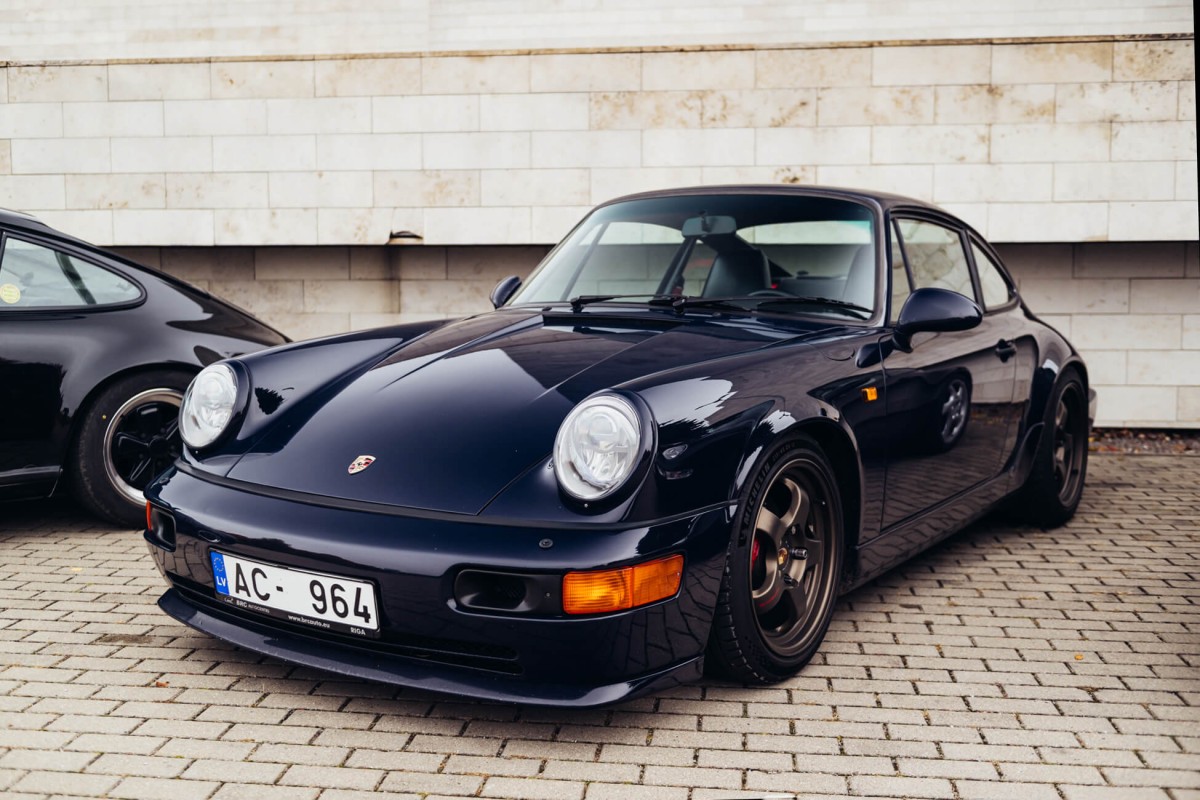
The 964 generation is where the classic silhouette meets modern systems. Under the familiar lines sat a platform that was 85% new, with coil springs replacing the old torsion bars, standard ABS and power steering on many variants, and, crucially, the first all-wheel-drive Carrera 4. Porsche didn’t pursue AWD as a party trick; it was a direct answer to making 911 performance more accessible, predictable, and all-weather without diluting feel.
That move also set up 911 Turbo models to deploy ever more power later on. For collectors and drivers, the 964 is the moment the 911 matured without losing its bite: better high-speed stability, better braking, and a cabin you could live with every day. It is the quiet reformer that made the later air-cooled cars possible.
993 (1994–1998)
The last air-cooled 911
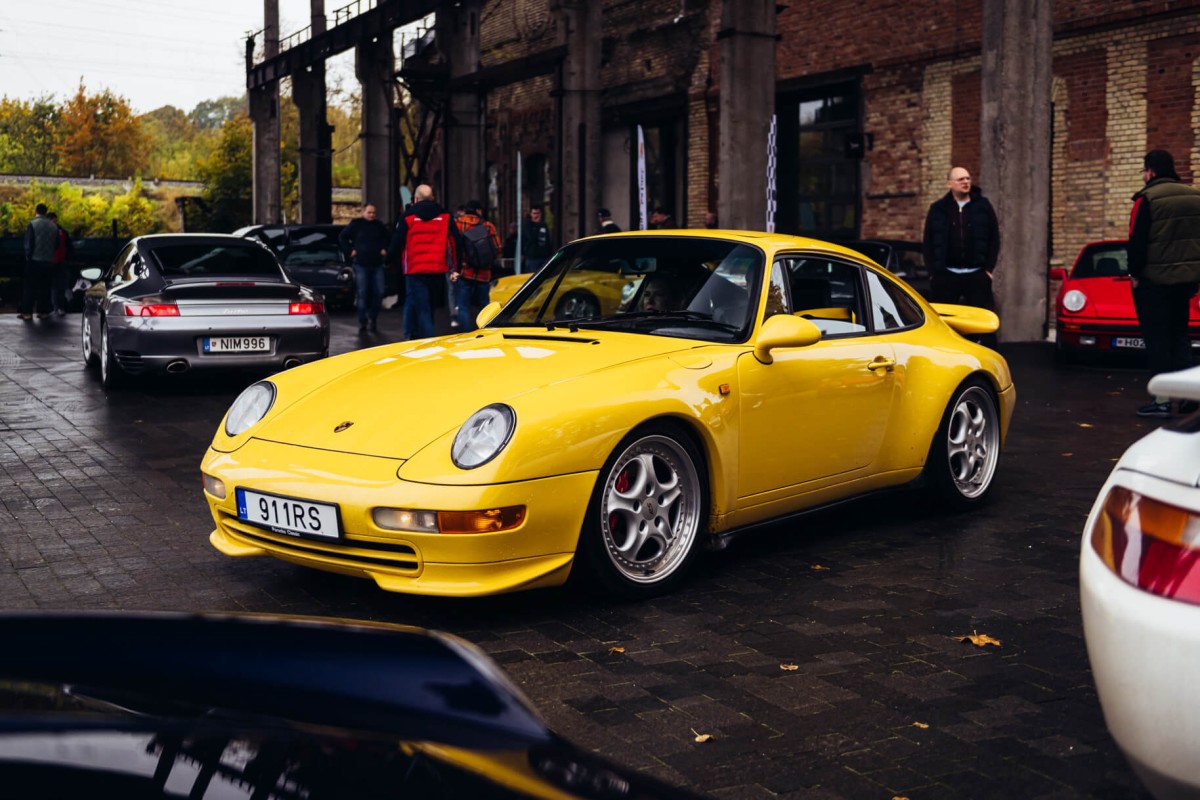
Ask any air-cooled devotee and the 993 often sits on a pedestal. There’s a good reason. It introduced a thoroughly re-engineered multi-link rear suspension – the ultimate evolution of the so-called Weissach axle concept – delivering passive rear-steer stability when you unloaded the throttle in a corner, and a calmer, more precise feel everywhere else.
The 993 also tightened the body, refined aerodynamics, and wrapped it in what many consider the prettiest 911 of them all. But its historic importance is double: it’s the last air-cooled 911, and the best-sorted one. That end-of-era status explains why 993 values, particularly Turbo and Turbo S, command a premium. More than nostalgia, the 993 proves Porsche could take a layout many called “compromised” and, through sheer engineering, make it supremely cohesive.
986 Boxster (1996–2004)
The underrated hero that saved Porsche
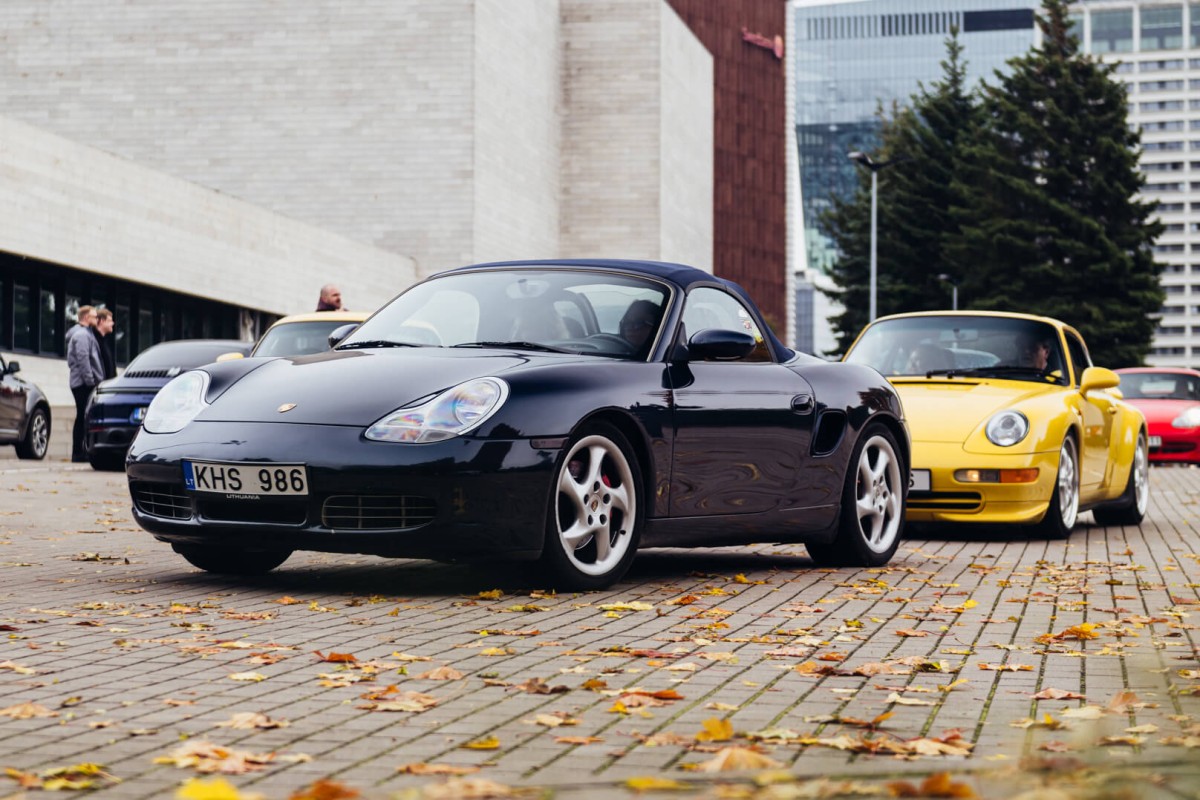
When talking about the history of 911, we can’t forget the 986 Boxster. The mid-engined model landed in 1996 and became one of Porsche’s big success stories by design. It packaged signature Porsche steering and braking with a more approachable price, and crucially, it shared expensive components (front structure, interior modules) with the 996 911 to make both cars commercially viable. The Boxster didn’t just broaden the audience; it gave Porsche the breathing room to keep the 911 ambitious. Many analysts (and plenty of owners) credit the Boxster with helping “save Porsche” in a turbulent decade. For 911 faithful, that meant the car you loved could keep evolving without becoming unaffordable or compromised by cost-cutting.
996 (1997–2004)
The first water-cooled 911
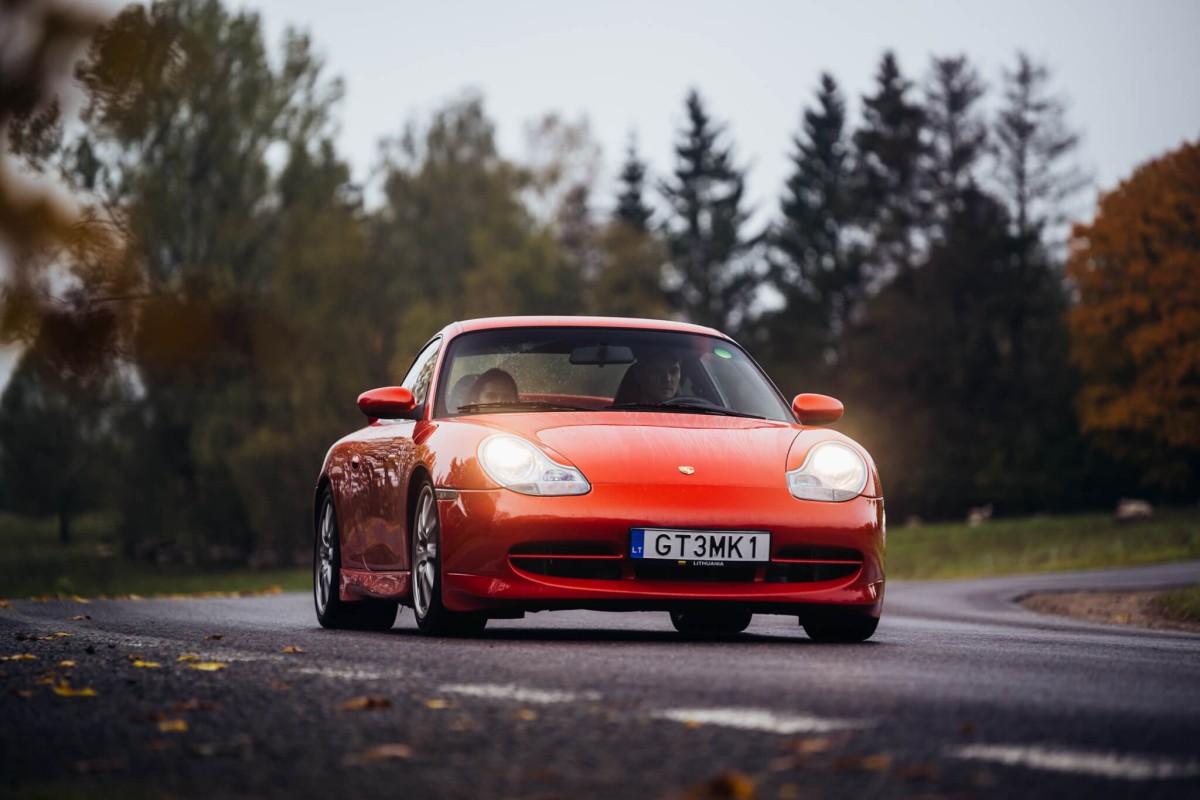
Progress sometimes means breaking your own rules. In 1997, Porsche replaced air-cooling with water-cooling in the 911 for the first time. The 996 wasn’t simply a new engine; it was a wholesale rethink to solve emissions, noise, and packaging challenges – and to future-proof the icon.
The car shared major structure and interior elements with the 986 Boxster up to the B-pillars, a deliberate parts-sharing strategy that slashed costs and let Porsche invest where it counts: the flat-six, the brakes and chassis, and the car’s torsional stiffness.
Traditionalists protested the “fried-egg” headlights and the departure from finned, air-cooled fanfare. But taken in the long view, the 996 did two critical things for the 911: it modernized the platform for the 21st century, and, together with the Boxster, shored up Porsche’s finances so Weissach could keep iterating. Today, the 996 reads like a bridge – less ornate than the 993, more analog than later 997-on cars – and that makes it an increasingly interesting way into 911 ownership.
The unbroken 20th-century 911 lineage
From the 356 to the 996, Porsche kept asking the same question: how do we make it better? The answers took many forms – carbureted flat-fours gave way to fuel-injected flat-sixes, rear-wheel drive evolved into all-wheel traction, and air-cooled romance transitioned into water-cooled precision. Yet through every change, one thing remained: the pure, unfiltered driving experience at the heart of the 911.
The 356 defined the format, the 901 gave it a name. The 924 and 944 funded its future, the 930 expanded its reach, the 964 refined its character, the 993 closed the air-cooled chapter with grace, the 986 Boxster ensured stability, and the 996 boldly opened a new era. These aren’t just individual cars – they’re one continuous story of risk, innovation, evolution, and loyalty to a single idea.
That story lives on. Commody will soon offer collectors and enthusiasts the opportunity to co-own a Porsche 996 Turbo—a chance to hold a share of the car that marked the beginning of the modern 911 era.